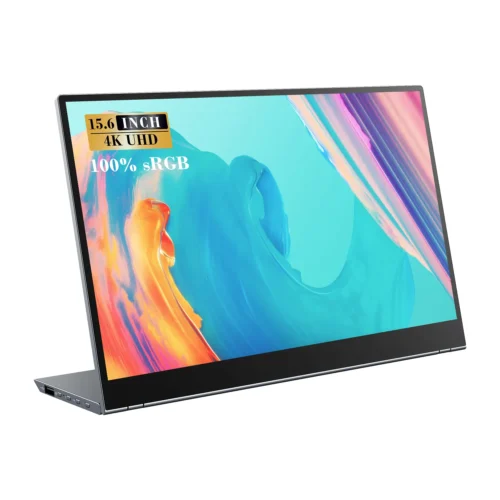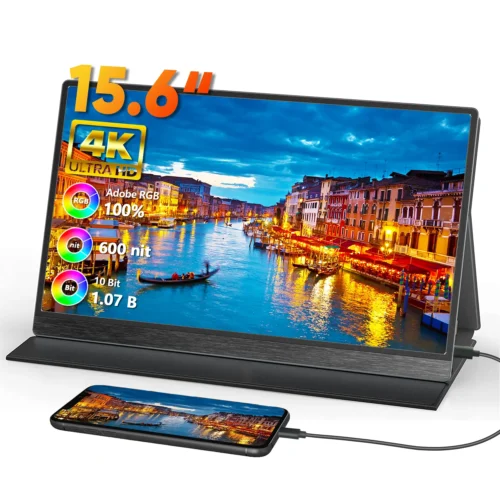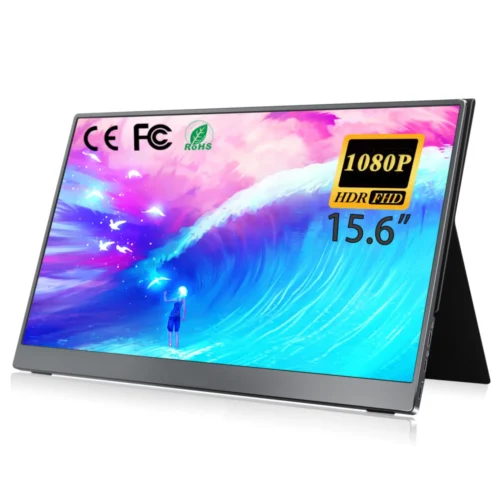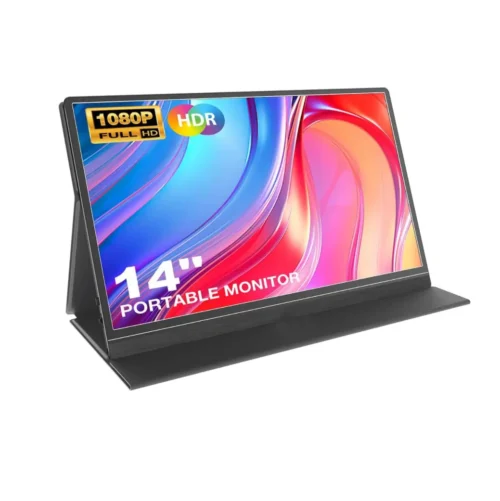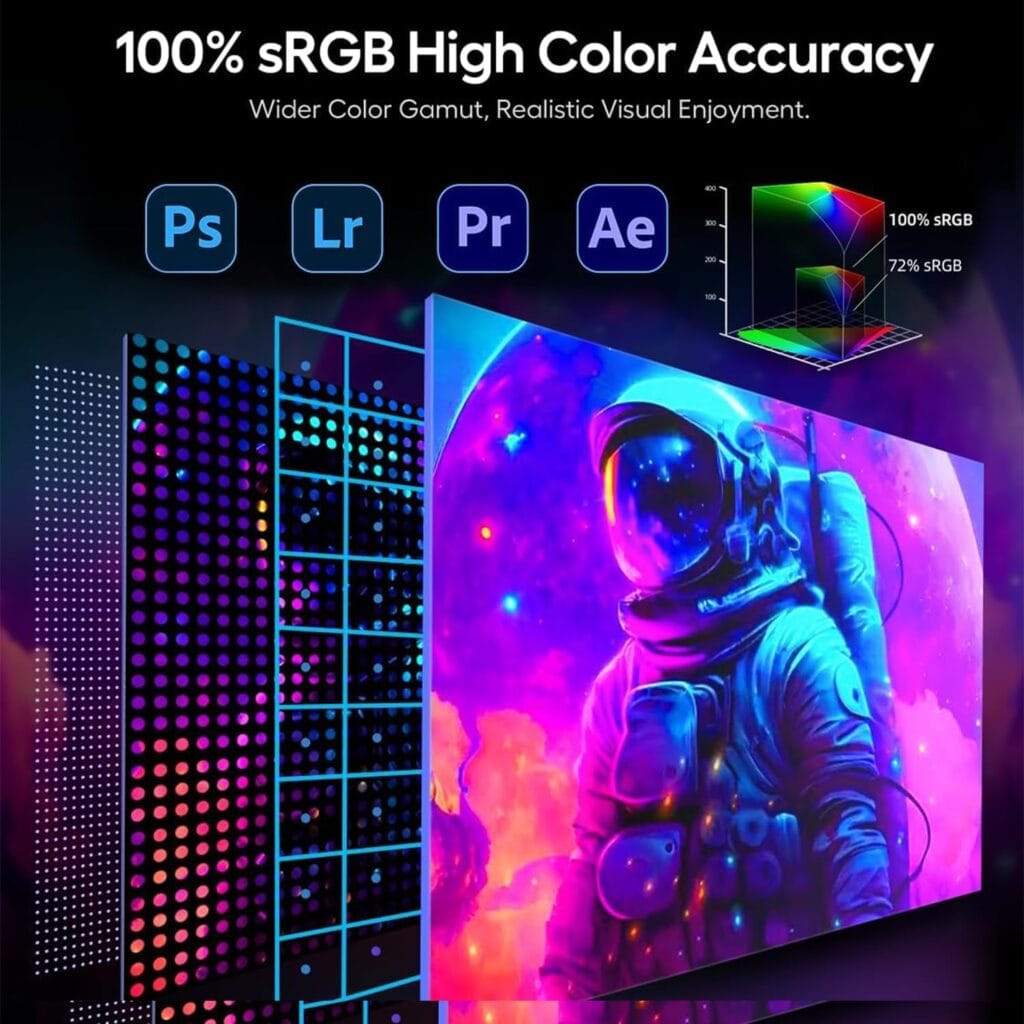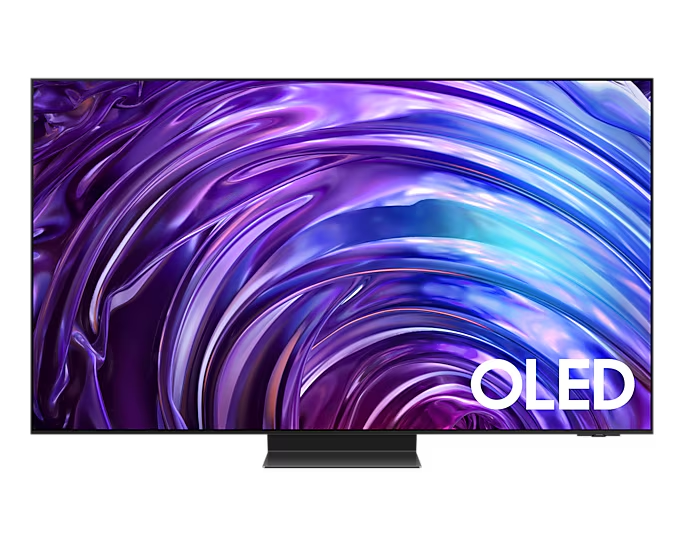
Imagine this: you’ve just gotten yourself a fabulous OLED display—a high-end portable OLED monitor, the latest flagship smartphone, or that top-range TV. The colors, contrast—everything just looks fantastic. Then comes the catchphrase: burn-in. Suddenly, you are at the edge, asking yourself: Is my screen at risk? Can those static images be forever tattooed onto my display?
From deep blacks to vibrant colors and clarity of display, OLED technology has upgraded the way screens used to impress. But, like any technology, it isn’t free of flaws. One of the biggest talking points of OLED displays remains burn-in. Should it stop you from moving to an OLED panel?
What is OLED Burn-in?
Burn-in is a permanent image retention in a screen caused by the uneven wear of the organic light-emitting diodes (OLEDs) that make up the display. Unlike traditional LCD screens, which use a backlight, each pixel in an OLED screen emits its own light. Over time, this can result in uneven degradation, where some pixels that have been lit brightly for extended periods wear out faster than others. This can lead to ghostly images or faded patterns even after displaying different content.
A less serious issue is image retention, where an afterimage lingers temporarily but disappears after displaying different content for some time. Unlike burn-in, image retention is not permanent.

How Does Burn-in Happen?
Burn-in occurs when static elements remain on-screen at high brightness for long periods, causing uneven pixel wear. Here are some common scenarios that may lead to OLED burn-in:
- News Channels – Many news tickers and station logos remain in the same position for extended periods.
- Gaming for Hours – Games with static HUDs, health bars, or score counters can cause uneven pixel wear.
- Using the Same UI Daily – If you use your portable OLED monitor for office work with the same app layouts all the time, certain elements may degrade faster.
- High Brightness Levels – Keeping brightness at maximum accelerates OLED pixel wear.
However, modern OLED panels have significantly improved, and manufacturers have introduced features to minimize the chances of burn-in.
Should You Be Worried About OLED Burn-in?
The short answer? For most users, burn-in isn’t something to worry about. It is possible under extreme conditions, but normal usage patterns usually don’t lead to noticeable issues.
Who’s Most at Risk?
If you:
✔ Leave static images on-screen for hours every day.
✔ Play games with fixed HUDs at max brightness for long stretches.
✔ Use an OLED screen as a dedicated work monitor with static toolbars.
Then yes, burn-in could be something to consider.
Who Doesn’t Need to Worry?
If you:
✔ Watch different types of content frequently (movies, shows, or games).
✔ Keep auto-brightness on or maintain moderate brightness levels.
✔ Allow dynamic content to refresh your screen periodically.
Then burn-in will likely never be an issue for you.
Most OLED screens, including those in portable monitors, smartphones, and high-end TVs, now feature built-in protections against burn-in, making it much less of a problem than in earlier models.
How to Prevent OLED Burn-in
Even though modern OLED displays are designed to reduce burn-in, a few simple habits can help maximize their lifespan:
1. Use Screen Savers and Auto-Hide UI Elements
- Enable screen savers or auto-lock to minimize static image retention.
- Auto-hide persistent UI elements, such as taskbars, when possible.
2. Adjust Brightness and Enable Auto-Dim
- Avoid keeping brightness at maximum for extended periods.
- Enable auto-brightness or adaptive brightness to allow the display to adjust dynamically.
3. Rotate Content Frequently
- Rearrange toolbars periodically if using an OLED screen for work.
- Avoid watching channels with static logos for long durations.
4. Activate Built-in OLED Protection
- Many OLED screens feature pixel shifting to reduce burn-in risk.
- Use pixel refresh features available on certain TVs and monitors.
5. Take Gaming Breaks
- Switch between different games to prevent HUD elements from staying fixed.
- Play games with dynamic or customizable UI elements to avoid persistent on-screen graphics.
By following these simple steps, you can enjoy all the incredible benefits of OLED displays without fear of burn-in.
The Reality: OLED Burn-in Is Rare for Most Users
For most consumers, OLED burn-in is not a deal-breaker. Manufacturers have implemented preventative technologies, and under normal conditions, most users will never experience it.
OLED remains one of the best display technologies available today, offering deep blacks, unmatched contrast, and vibrant colors. Whether for creative work, gaming, or entertainment, the visual payoffs of an OLED monitor are well worth the minimal risk of burn-in—especially when basic precautions are taken.
So, if you’re thinking about upgrading to a portable OLED monitor, don’t let burn-in fears hold you back.
🔥 Onext’s OLED Monitors: Burn-in Protection for a Premium Viewing Experience
Onext’s OLED monitors feature high-quality panels with advanced anti-burn-in technology, ensuring a stunning display with minimal risk.
👉 Check out our latest OLED monitors and enjoy the best display technology today!
Recommended products
15.6 Inch FHD 1080P Portable Displays USB C HDMI External Display for Laptop Second Monitor
15.6 Inch FHD 4K Portable Displays Screen Ultra-Slim IPS Display Use For Multiple Screen Laptop
15.6″ 4K External Display Travel Monitors Unleash Mobile Productivity With HDR And USB-C HDMI Connectivity
15.6″ Portable Dual Monitor Extender Foldable Dual Screen 1080P FHD IPS Portable Monitor for Laptop
15.6” Ultra-Portable Smart Monitor With 1080P FHD Metal Shell HDR Display & Dual Speakers
14.0″ Ultra Slim Monitor FHD 1080P External Display with Dual Speakers Second Screen for Laptop PC Phone Xbox PS4/5 Switch – A1 GAMUT Slim

